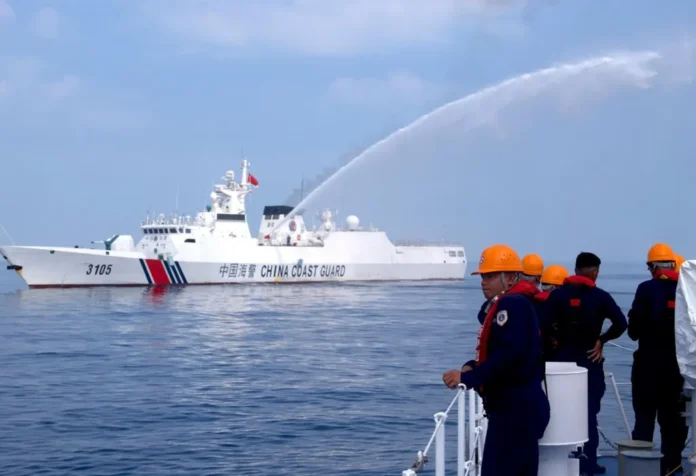In a striking demonstration of maritime dominance, the Philippine Navy reported an unprecedented sighting of 251 Chinese ships operating within the West Philippine Sea (WPS). This record-breaking surge, monitored from September 17 to 23, included a formidable array of warships, Coast Guard cutters, maritime militia boats, and research ships, significantly intensifying the already volatile situation in the region, gCaptain reports.


